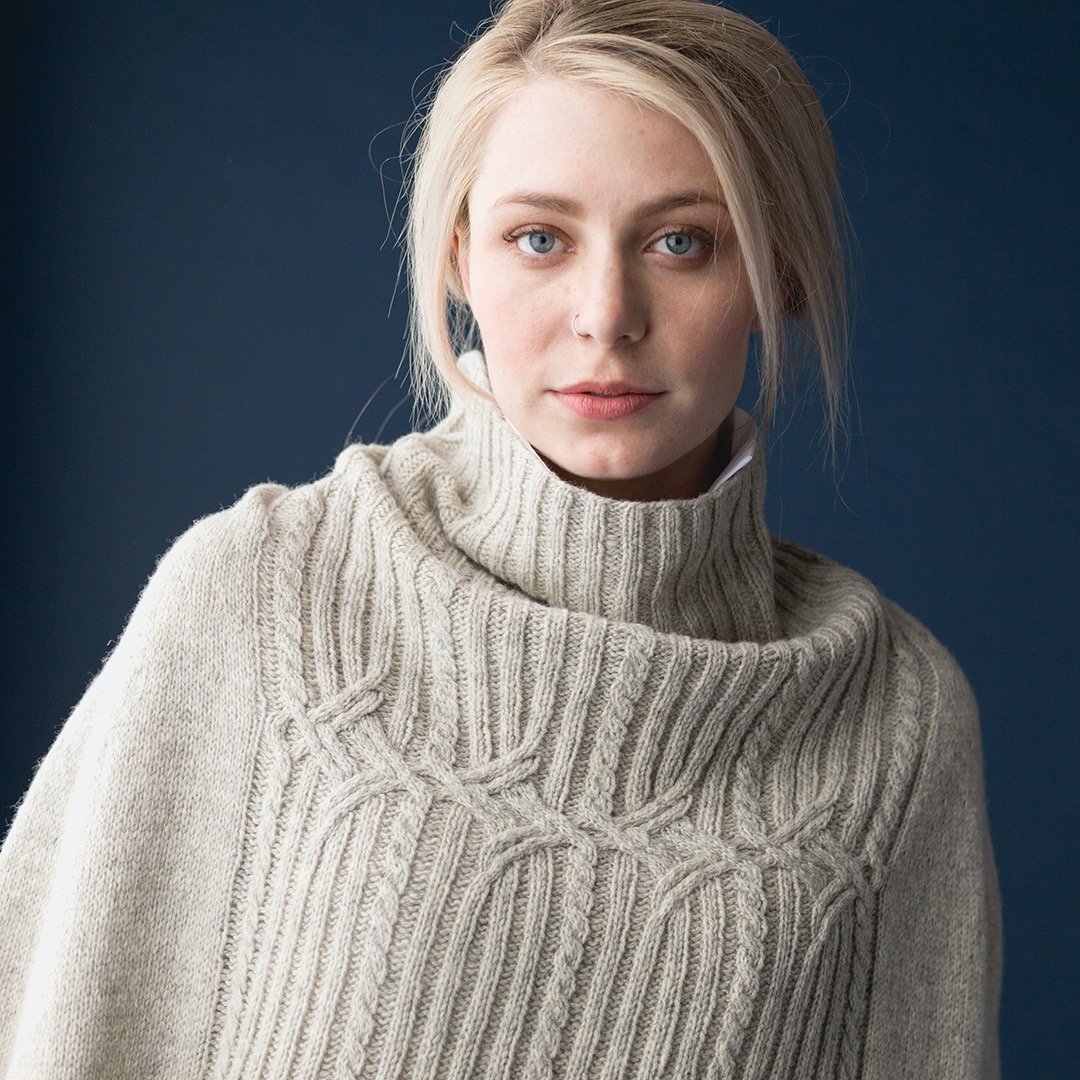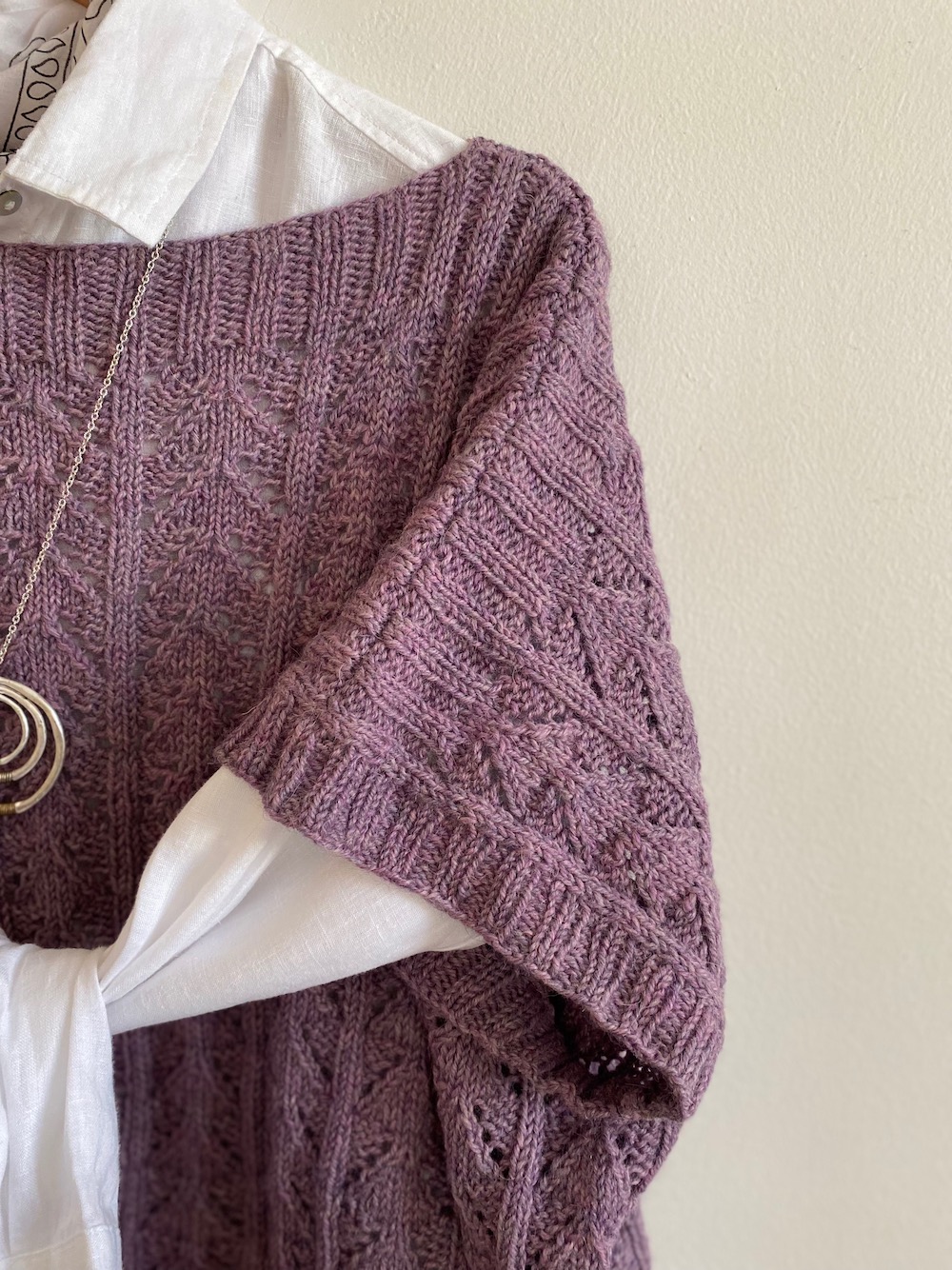It amazes me how much I’m learning while I work out a slate of classes for Rosehaven. It’s a bit of a trick to plan; we wanted graduated, skill-building bites of information, each with a fun and compelling project. We also want the projects to be truly rewarding and seasonally oriented.
 For our Knitting in the Round class, I’ve devised a little tea cozy, thinking it might be a fun spring project that hits all the bases of
For our Knitting in the Round class, I’ve devised a little tea cozy, thinking it might be a fun spring project that hits all the bases of small-diameter knitting, plus some handy-dandy extra techniques. After I’d knit the outer “shell”, I realized that a lining was necessary for a few reasons: it would add a nice pop of color, it would make the cozy thicker and warmer, and would provide a fitted, stable base for any embellishments that might be added. So, I picked up stitches at the top of the ribbing and worked the lining upward from there. The problem became the edges where the cozy is open to accommodate the spout and handle.
small-diameter knitting, plus some handy-dandy extra techniques. After I’d knit the outer “shell”, I realized that a lining was necessary for a few reasons: it would add a nice pop of color, it would make the cozy thicker and warmer, and would provide a fitted, stable base for any embellishments that might be added. So, I picked up stitches at the top of the ribbing and worked the lining upward from there. The problem became the edges where the cozy is open to accommodate the spout and handle.
I hadn’t thoroughly thought it through on the first prototype. I’d worked a standard, slip-stitch selvedge at each edge, but found that it wasn’t beefy enough to camouflage the stitches needed to join the layers. I decided to pick up the selvedge stitches and work a three-needle bind-off and, though it worked, I couldn’t think how I’d work that technique into a two-session class. That sent me off to research some alternative selvedge options.
It’s a simple thing, really, but it’s worth having a few different selvedge methods in one’s mental tool-box. I discovered a good one while knitting my Sochi Cowl; although perfect for garter stitch, it wasn’t really right for this application. I tried a few and finally settled on an I-cord edge stitch. It is meaty enough (in fact, almost double-knit) to hide stitches and stable enough to provide a beautiful finished edge. Here’s a great video tutorial. Try it some time!

















